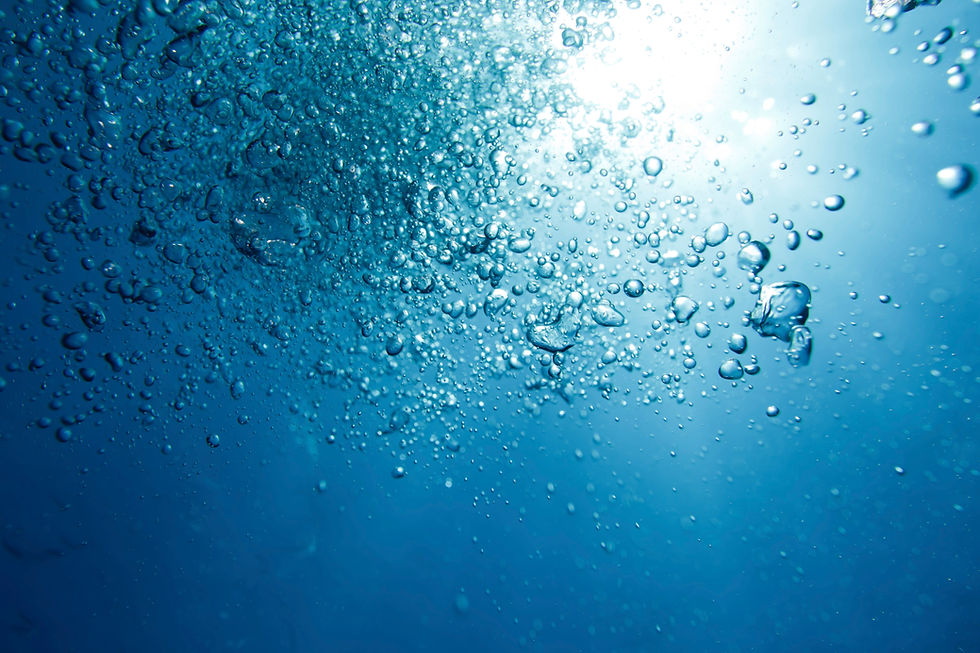Cold Plunge Therapy: A Science-Backed Approach to Reducing Inflammation
- Rebecca Nolan Harris, PhD

- Apr 7
- 2 min read
Cold Plunge Therapy: A Science-Backed Approach to Reducing Inflammation
Cold plunge therapy, also known as cold water immersion (CWI), has been gaining popularity among athletes, wellness enthusiasts, and individuals seeking natural ways to reduce inflammation and enhance recovery. But what does science say about this practice? In this blog post, we’ll explore the physiological mechanisms behind cold plunges, optimal temperature and session duration, frequency of use, and scientific evidence supporting its benefits.

How Cold Plunge Therapy Reduces Inflammation
When the body is exposed to cold water, it triggers several physiological responses that help combat inflammation:
Vasoconstriction and Reduced Swelling: Cold exposure causes blood vessels to constrict (vasoconstriction), which decreases blood flow to inflamed areas, reducing swelling and tissue damage.
Decreased Pro-Inflammatory Cytokines: Studies have shown that cold immersion lowers levels of pro-inflammatory cytokines such as TNF-α and IL-6, which play a key role in chronic inflammation.
Increased Norepinephrine Release: Cold exposure stimulates the release of norepinephrine, a hormone and neurotransmitter known for its anti-inflammatory properties.
Enhanced Lymphatic Drainage: Cold plunging promotes the movement of lymphatic fluid, aiding in the removal of metabolic waste and reducing inflammation.
Activation of the Vagus Nerve: Cold exposure can stimulate the vagus nerve, which helps regulate the body's inflammatory response and promotes a state of relaxation.
Optimal Temperature, Duration, and Frequency
To maximize the benefits of cold plunge therapy while ensuring safety, experts recommend the following guidelines:
Temperature: Between 39°F and 59°F (4°C to 15°C)
Duration: 2 to 5 minutes per session, depending on individual tolerance and experience level
Frequency: 2 to 4 times per week for general inflammation reduction, with daily use possible for athletes or individuals accustomed to cold exposure
Scientific Evidence Supporting Cold Plunge Therapy
Numerous studies support the benefits of cold plunge therapy for reducing inflammation:
A 2017 study published in the Journal of Physiology found that cold water immersion significantly reduced muscle inflammation and soreness after intense exercise.
A 2018 study in the European Journal of Applied Physiology demonstrated that regular cold immersion therapy lowered inflammatory markers and improved recovery time in endurance athletes.
Research from Frontiers in Immunology (2021) highlighted how cold exposure activates brown adipose tissue (BAT), leading to increased anti-inflammatory responses and improved metabolic health.
Additional Benefits Beyond Inflammation Reduction
While cold plunging is well-known for reducing inflammation, it also offers other health benefits:
Boosts circulation and immune function
Enhances mood and reduces stress through endorphin release
Improves sleep quality
Increases mental resilience and tolerance to stress
Conclusion: Is Cold Plunge Therapy Right for You?
Cold plunge therapy is an effective, science-backed method for reducing inflammation and promoting overall well-being. Whether you’re an athlete looking to recover faster or someone managing chronic inflammation, incorporating cold plunges into your routine can provide significant health benefits. As with any wellness practice, start gradually and consult with a healthcare professional if you have any underlying health conditions.
Ready to experience the benefits of cold therapy? Book a session and take the plunge into reduced inflammation and improved recovery!




Comments